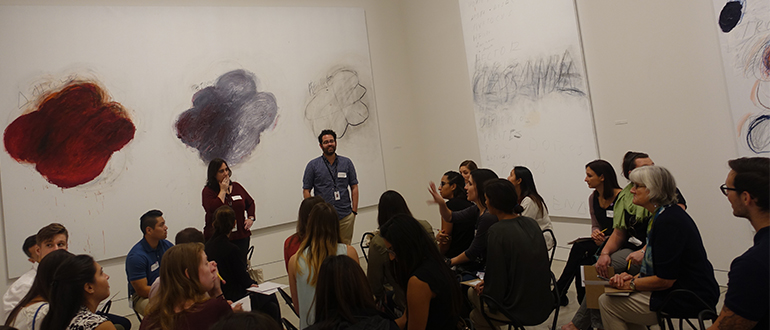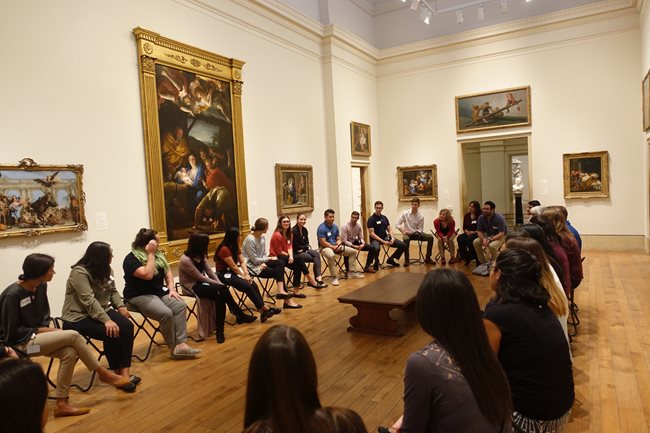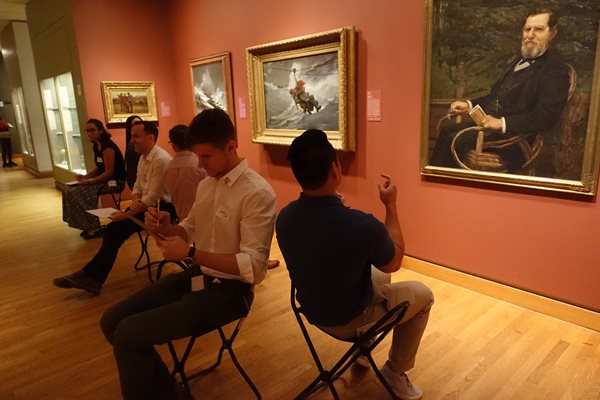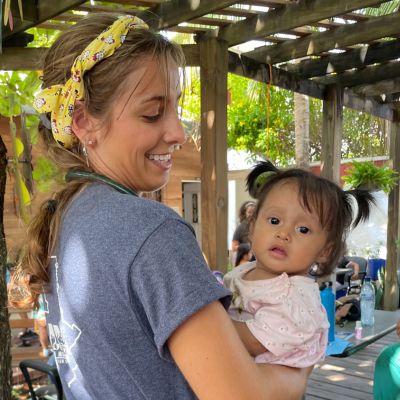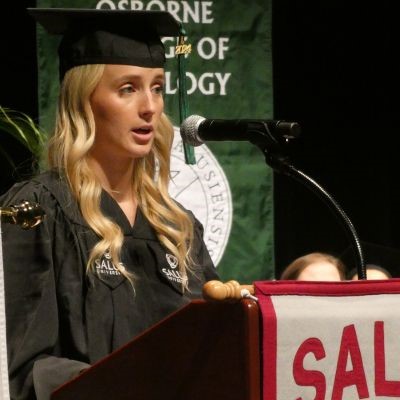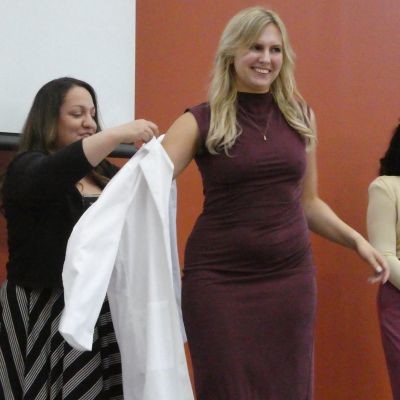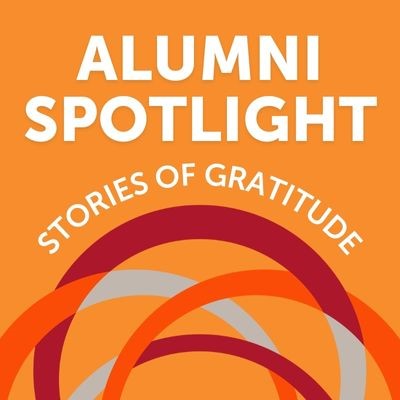Did the first workshop meet or exceed your expectations?
The workshop exceeded my expectations. At first, I wasn’t too sure what to expect as it was a completely new experience for me overall. Also, I wasn’t sure as to how it would directly correlate with the healthcare field. After the workshop, I was able to see exactly how it will be applicable to my career as a provider.
What did you like best about it?
Besides the useful information I learned by participating in this workshop, the thing I liked best was the environment. I really liked that we were able to go to the Philadelphia Art Museum and gain knowledge that will help us become better providers. For the most part, it is assumed, to be a better provider, a student should be at a healthcare related clinic or reading textbooks, but I really enjoyed being able to go to an environment that is not healthcare related and still be able to learn and gain useful knowledge to help us be better providers.
Do you look forward to the additional workshops?
I do look forward to the additional workshops. I look forward to them because after the first workshop, I am eager to learn and see what other activities we will do that will help us become a better provider.
What did you learn?
From the workshop, I learned the importance to be observational when you encounter a patient coming in for care. I think most healthcare providers, or society as a whole, unconsciously make reflexive assumptions about a situation or individual. As we learned at the workshop, it is important to first observe what you see, and not to interpret or make assumptions until you are able to get more information from the patient or the situation. Also, I learned the importance of communicating effectively with members of the healthcare team. It is also important to communicate every detail (minor or major) to ensure that each provider who comes in contact with the patient is able to provide quality care.
Have you been able to put into action what you learned during the first workshop?
I was able to use the knowledge learned for the Philadelphia Art Museum right away. The information I learned from the workshop was put into action at my first hospital experience. I was able to take the information learned from the museum and directly apply it to my patient encounters at the hospital, which made my overall experience that much better. I felt the workshop gave me a different perspective that most PA students do not have because they did not have the same opportunity as we did at Salus.
Would you recommend it to other students?
Yes, I would recommend it to other students in the medical field. I do not think it should be limited to just PA or medical students though. I think any student that interacts with a patient in their field would benefit from this workshop at the Philadelphia Art Museum.

